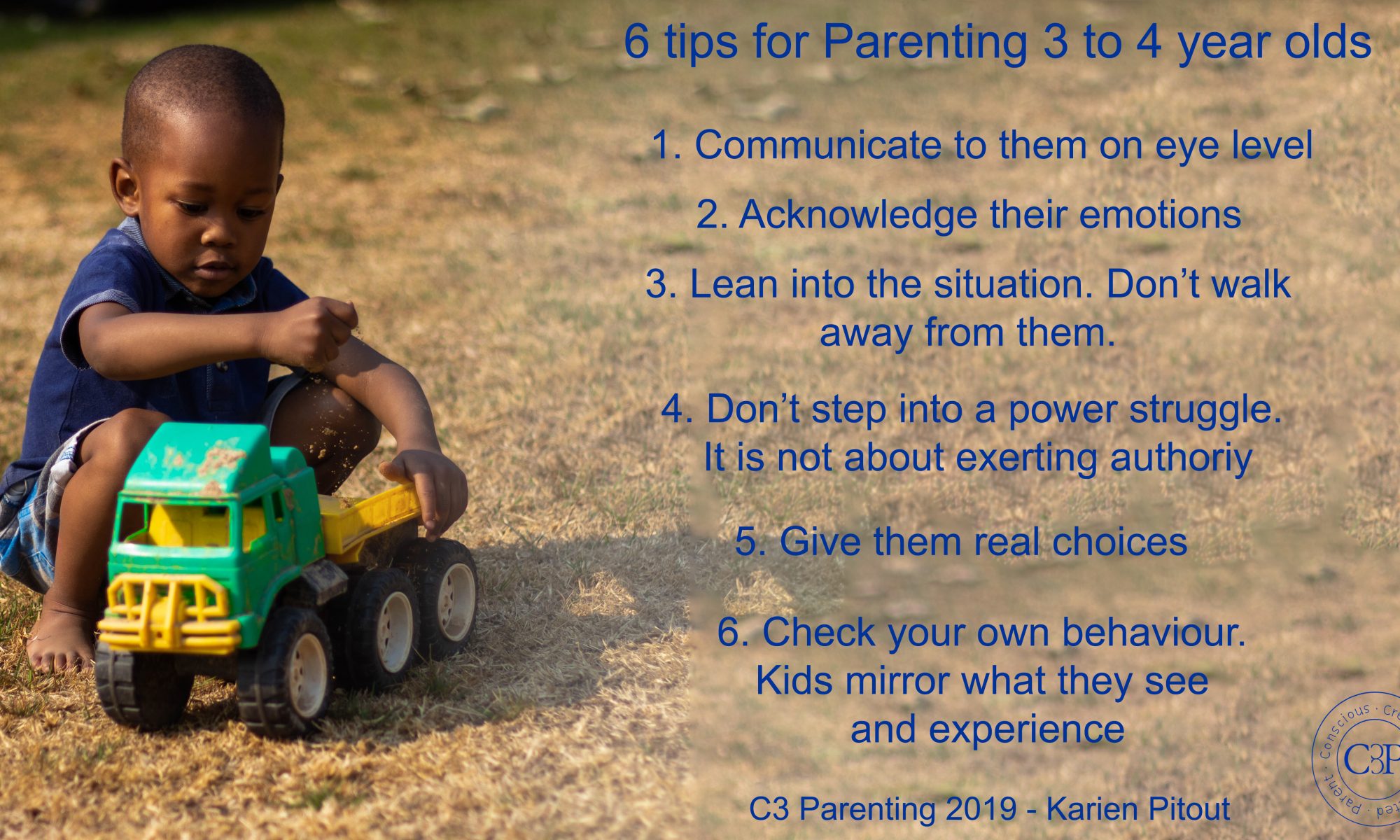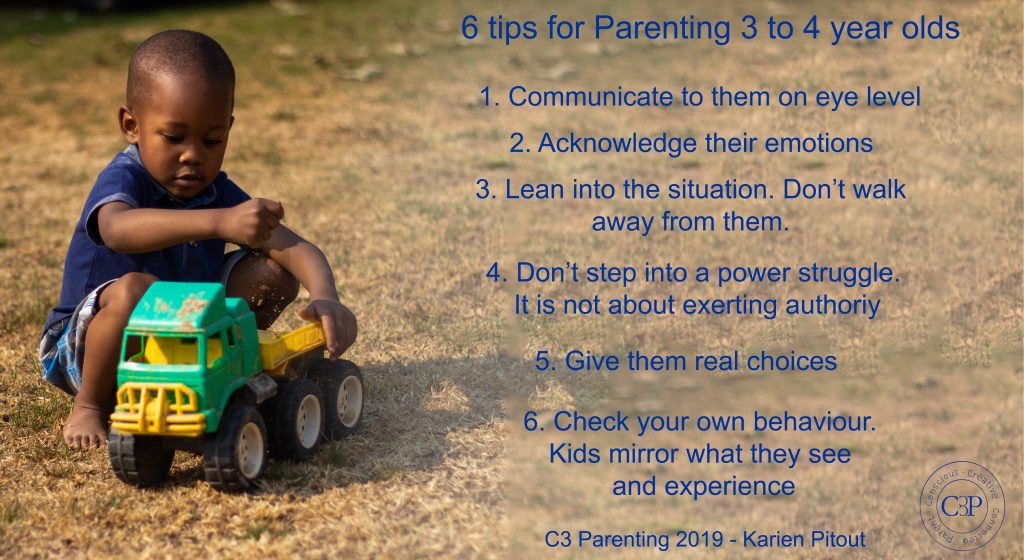The principle of sharing is stamped into our minds from very young, and we expect the same from our children. However this is a very difficult concept for a child to grasp. As parents we use the word share ambiguously, we share food and we share toys, we share a cake and we share a bike.
Children under the age of 7 struggle to understand nuanced words, as they are mostly concrete literal thinkers. So when we talk about the word share, it means literally having equal and fair amounts, all enjoying it at the same time. I can share cake or food, as we can all eat together. Food is something that can be divided up into fair and equal amounts. Toys cannot.
Children can take turns. Taking turns is easy to understand. You play now and then when you are done, I get a turn to play until I am done. This is a social contract that can be managed by the children themselves. This works on similar principles as toy sharing, but the language we use to explain this will either empower or disempower our children and others. Taking turns is a concept and word our children can both process and understand at a young age, whereas sharing is not
I cannot share a toy car between two friends, as one will play with the toy while the other waits. It also creates the idea or concept that the one playing with the car is not being a kind friend. This then places the parent in a position of having to manage or regulate how long a child gets to play with the toy. It eliminates the opportunity for the child with the toy to decide they are done, exercise control and learn from the social interaction. The child without the toy feels let down by the parent and then also struggles to learn anything from the interaction, except that they are feeling left out and rejected. Taking turns also creates opportunities to swap and negotiate use of the toys.
Obviously the younger the child, the more guidance they will need while learning this concept, but they will get the hang of it over time.
What are the rules for taking turns?
1 – When your child is playing with a toy and someone else wants it, they can ask for the other child to wait their turn.
2 – Your child determines when they are done with said toy.
3 – If your child wants a toy and someone else is busy with it, they can ask the other child to pass that toy to them when they are done.
4 – No parent is the gatekeeper of a toy or time played with said toy
5 – If your child is having difficulty waiting, help them find something else to play with while they wait.
Guiding your child:
It is important in the beginning to give your child the words to use, but not speak on their behalf, unless it is necessary.
Here is a list of sentences you can teach your child to say:
“When you are done, can I have a turn?”
“I am not done yet. When I am done, you can have a turn.”
“Thank you for remembering that it is my turn.”
“I will wait and play with something else.”
“Would you like to play with this toy? Can we swap when you are done?”
What would this teach our children in the long run?
1 – Delayed gratification and patience – Having to wait and not being the one determining the time they need to wait is important for impulse control and emotional development.
2 – Negotiation skills – learning to swap and negotiate for toys, will one day serve them well when they need to negotiate in adulthood.
3 – The ability to move on and find something else to occupy themselves with. Thus learning to manage and regulate their emotions and expectations.
4 – What they are busy with is important and they don’t have to sacrifice their own learning and development to satisfy someone else’s needs. – This is so important! Kids learn through play, so when they are busy with a toy, they are actually learning and developing their brain. Adults have the tendency to want to intervene and stop the play for the sake of peace, but we are really doing no-one any favours by intervening.
5 – Social contracts are there for them to manage – We want our kids to be kind and inclusive, both now and in their adult years. By giving them the skills to manage the playground dynamics and letting them learn this when they are young we are setting them up for success.
6 – Self-reliance and independence that leads to problem solving skills – They need to be able to learn to trust themselves and their own needs. We as adults won’t always be present all the time during their lives, so being there while they learn the skills, and allowing them to manage it themselves, gives confidence in their own personal skills.
When would a parent intervene.
1 – If a child gets so upset that they get violent – you block and remove the violent child
2 – When your child struggles to wait, you help them work through their emotions and redirect. You do not intervene with the toy situation.
3 – Block snatching of toys
4 – Allow your child to work through their emotions
5 – Keep giving the words to your child and empower them to use it.
Feel free to share this blog and follow us on facebook. https://www.facebook.com/CCCParenting/?modal=admin_todo_tour
1,508 total views, 2 views today




